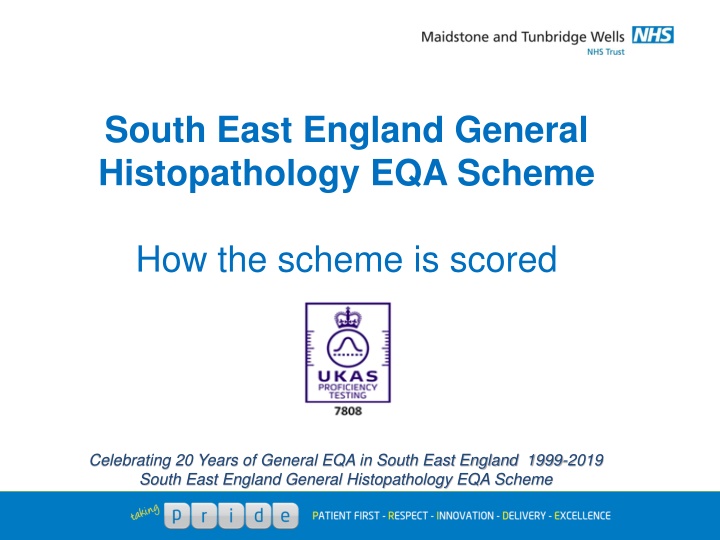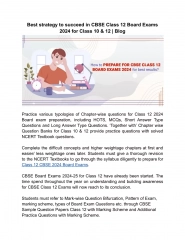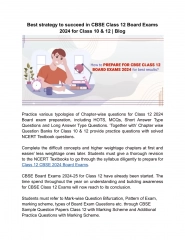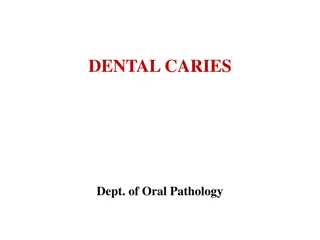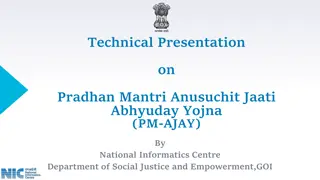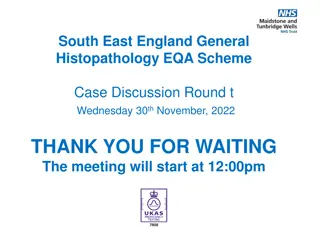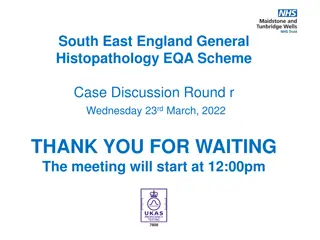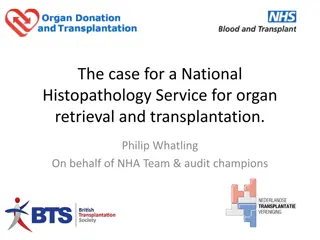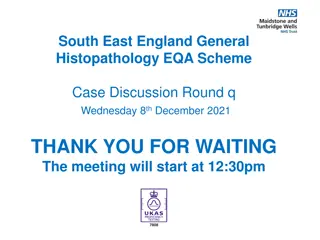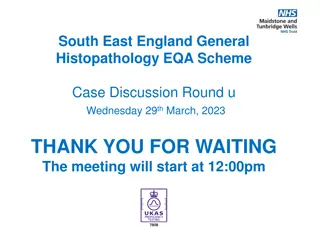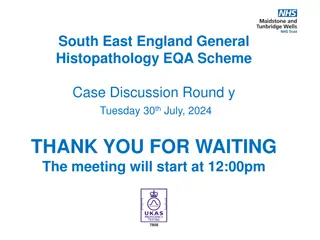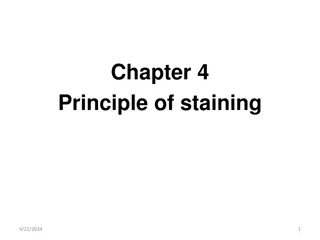General Histopathology EQA Scheme in South East England
The General Histopathology EQA Scheme in South East England has been running for 20 years, allowing participants to test their diagnostic abilities. Participants select cases, provide diagnoses, and indicate confidence levels. The scheme is scored based on the accuracy of participants' responses. The purpose is to assess individual interpretation skills, and consultation with colleagues is not allowed.
Download Presentation

Please find below an Image/Link to download the presentation.
The content on the website is provided AS IS for your information and personal use only. It may not be sold, licensed, or shared on other websites without obtaining consent from the author.If you encounter any issues during the download, it is possible that the publisher has removed the file from their server.
You are allowed to download the files provided on this website for personal or commercial use, subject to the condition that they are used lawfully. All files are the property of their respective owners.
The content on the website is provided AS IS for your information and personal use only. It may not be sold, licensed, or shared on other websites without obtaining consent from the author.
E N D
Presentation Transcript
South East England General Histopathology EQA Scheme How the scheme is scored Celebrating 20 Years of General EQA in South East England 1999-2019 South East England General Histopathology EQA Scheme
Who decides what the correct answer is? The participants do How does my text answer become a numerical score? Let me explain . Celebrating 20 Years of General EQA in South East England 1999 -2019 South East England General Histopathology EQA Scheme
Case Submission As a participant, you select the cases suitable for the EQA scheme On the submission form you tell us what the diagnosis is You sign to say that the diagnostic features are present in all 12 slides You tell us your laboratory accreditation status Celebrating 20 Years of General EQA in South East England 1999-2019 South East England General Histopathology EQA Scheme
Case Selection The organiser The organiser looks at the slides to ensure each case is suitable - see right. The range of diagnoses and cases that we send out is as good as you have submitted Picks one case at random from the selection available for that organ system (the submitted diagnosis is hidden) Uses professional judgement to select cases with a range of different diagnoses between the cases and between circulations Selects cases from as many submitting centres as possible in each circulation to avoid using the same contributing hospital repetitively Selects a different duplicate organ system in each round Celebrating 20 Years of General EQA in South East England 1999-2019 South East England General Histopathology EQA Scheme
Responses You indicate your confidence in a diagnosis by sharing 10 points between as many diagnoses as desired. 10 points allocated to a single diagnosis indicates 100% certainty of the diagnosis . All cases must be answered unless you have previously declared exemption from an organ system. A score of zero will be allocated to non-exempted unanswered cases. Any uncertainty should be regarded as a less-than-ideal response, unless other participants are similarly uncertain Participant 1 Submitted responses Certainty score Case 1 Diagnosis A 9 Diagnosis B 1 Case 2 Diagnosis C 8 Diagnosis D 2 Case 3 exempt Case 4 Diagnosis E 10 The purpose of the scheme is to assess personal ability to make an interpretation, therefore discussion with a colleague prior to result submission is not permitted, even in circumstances where consultation with a colleague would be good practice in a routine workload. Celebrating 20 Years of General EQA in South East England 1999-2019 South East England General Histopathology EQA Scheme
Analysing the responses Case 1 Submitted responses Certainty score When all responses have been received, each diagnosis offered for a case is listed. The certainty score allocated to each diagnosis is totalled Over 100 people take part in each round, so the influence of a single individual is minimal It is important that there is no conferring when determining your diagnosis Participant 1 Diagnosis A 9 Diagnosis B 1 Participant 2 Diagnosis C 8 Diagnosis D 2 Participant 3 exempt Participant 4 Diagnosis C 7 Diagnosis B 3 Total score for case 1 30 Celebrating 20 Years of General EQA in South East England 1999-2019 South East England General Histopathology EQA Scheme
Determining the indicative diagnosis for a case A popularity score is calculated by dividing the total score for a diagnosis by the total score for all diagnoses for a single case. Score pre consultation Score for case 1 (all participants) Popularity score Diagnosis A 9 9/30 = 0.3 Diagnosis B 1+3 =4 4/30 = 0.133 Diagnosis C 8+7 + 15 15/30 = 0.5 Diagnosis D 2 2/30 = 0.06 Total 30 1.0 A case has to achieve a popularity score of at least 0.75 to be a scoring case, i.e. there has to be at least 75% confidence on a preferred diagnosis. The organiser has no influence on the scores allocated these are calculated This case is currently non-scoring, as no diagnosis has a popularity score >= 0.75 Celebrating 20 Years of General EQA in South East England 1999-2019 South East England General Histopathology EQA Scheme
Confirming the diagnosis of a case: Consultation For each case, a list of all submitted diagnoses is sent to you to consider which diagnoses are synonyms or similar and should be merged. You should feel there is only one correct diagnosis as a result of your merging suggestions. Diagnoses that remain unmerged should be considered clinically different from other diagnoses on the list. Multiple merging combinations may be valid e.g. merging two malignant cases and also merging two non-malignant cases. At least 50% of participants who have answered the case have to take part in the consultation in order for any merging suggestions to be valid. Celebrating 20 Years of General EQA in South East England 1999-2019 South East England General Histopathology EQA Scheme
Merging Diagnoses after Consulation Score post consultation Score for case 1 Popularity score In this example, 70% of those who took part in the consultation said that diagnosis A and C should be considered the same diagnosis and were merged Diagnosis A 9+ 8+7 = 24 24/30 = 0.8 Diagnosis B 1+3 =4 4/30 = 0.133 Diagnosis D 2 2/30 = 0.067 Total 30 1.0 Recalculating the popularity score, this is now a scoring case as Diagnosis A achieved a popularity score of 0.8 i.e. the participants have 80% confidence in this diagnosis Celebrating 20 Years of General EQA in South East England 1999-2019 South East England General Histopathology EQA Scheme
Allocating a score for each diagnosis in a case The popularity score for each diagnosis in a case is converted to a score for the diagnosis, by dividing the popularity scores of each diagnosis by the highest popularity score for that case. Case 1: Highest popularity score 0.8 Score post consultation Score for case 1 Popularity score Allocated Score for diagnosis Diagnosis A 9+ 8+7 = 24 24/30 = 0.8 =0.8/0.8 = 1 Diagnosis B 1+3 =4 4/30 = 0.133 =0.133/0.8 = 0.16 Diagnosis D 2 2/30 = 0.067 =0.067/0.8 = 0.08 Total 30 1.0 Celebrating 20 Years of General EQA in South East England 1999-2019 South East England General Histopathology EQA Scheme
Im an expert in this organ system - Everyone else has got it wrong The ethos of this EQA scheme is consensus agreement: is your diagnosis in line with your peers? The potential impact of the error on the patient is not relevant. In a difficult cellular pathology case, failing to identify a single malignant cell might have a profound impact on the patient, but it may be an error that is entirely understandable (and is made by many of the scheme s participants). Conversely, misdiagnosis of a benign entity as another benign entity may have no effect on the patient whatsoever, yet (depending on the diagnoses in question) such an error might immediately call into question a pathologist s competence. Celebrating 20 Years of General EQA in South East England 1999-2019 South East England General Histopathology EQA Scheme
Personal scores Personal scores per case are then calculated, based on the certainty score of the case and the percentage certainty originally allocated by the participant. Personal scores for each case are totalled to give an overall score for each participant, and converted to a percentage score, taking account of exempt organ systems The scores are ranked, All those with 100% score are ranked 1 Those ranked in the bottom 3% are flagged as poor performers Note: Personal scores of those with exemptions may be adversely affected Celebrating 20 Years of General EQA in South East England 1999-2019 South East England General Histopathology EQA Scheme
Non-scoring cases Cases are eliminated from scoring for the following reasons If the diagnosis with the greatest agreement from the participants is different to the diagnosis submitted by the case contributor. In these cases the case contributor is contacted to review patient management If the popularity score is less than 0.75 i.e. there is less than 75% confidence from participants in the assigned diagnosis. Celebrating 20 Years of General EQA in South East England 1999-2019 South East England General Histopathology EQA Scheme
Who decides what the correct answer is? You submit the cases suitable for EQA You tell us which diagnosis is most likely to be correct via confidence scoring You tell us which diagnoses are synonyms or clinically no different from each other via the consultation process We ensure the slides match the diagnosis & are for the correct organ system We circulate the slides We do the calculations We issue the calculated results Celebrating 20 Years of General EQA in South East England 1999-2019 South East England General Histopathology EQA Scheme
